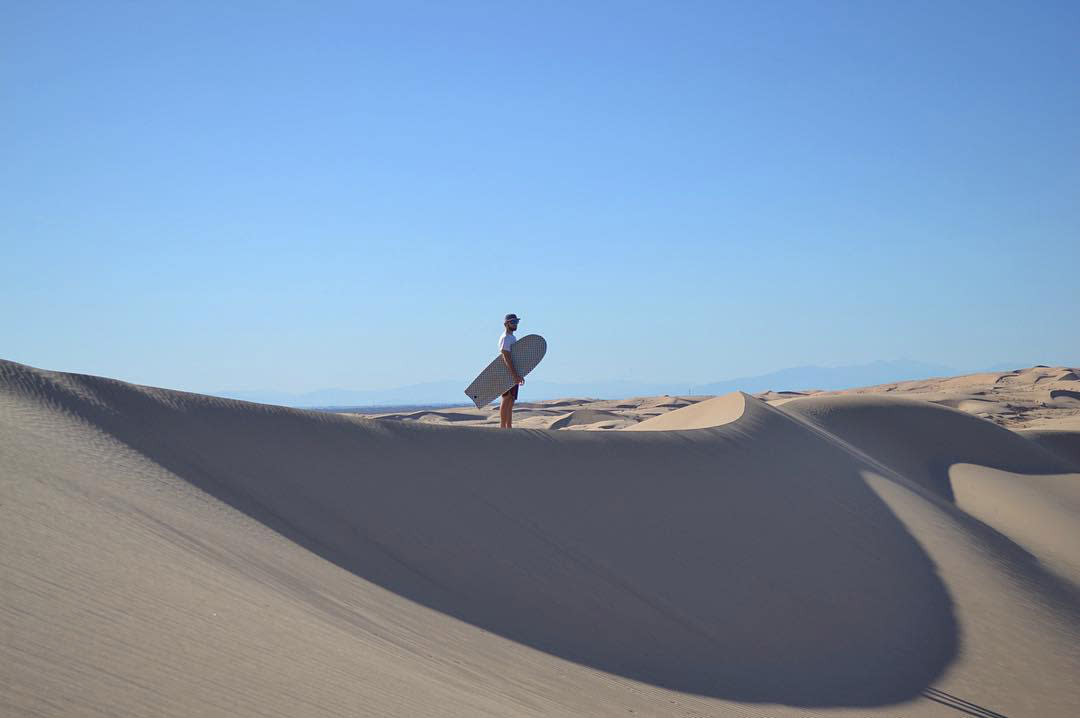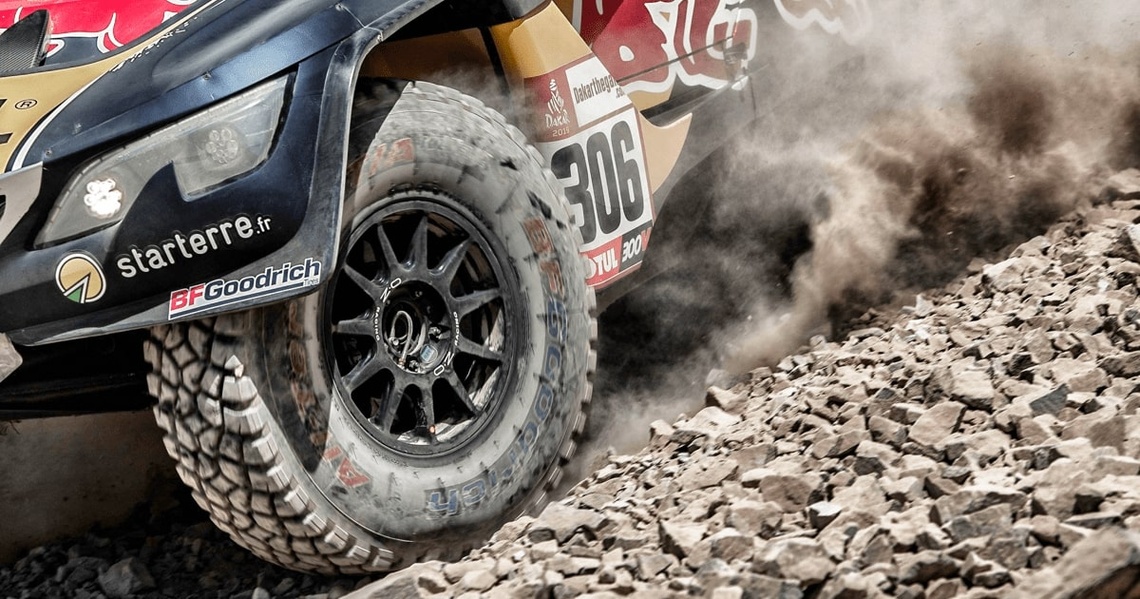Happy Joe
Apprentice Geezer
Off road hand books are typically written for neophytes, however most have a feat least a few nuggets of worth while information. I will occasionally browse one that I haven't seen (usually they just have a different cover).
Airing down to improve the off road ride indicates that, to me, that you may be running springs that are too stiff (sometimes necessary for load carrying with pickups... I long ago found short wheel base vehicles to be more maneuverable than pickups.
I have found for trucks that the ride often improves when they are moderately loaded but off road they are much easier to get stuck.
Tires with excessively stiff sidewalls also affect the ride (I have a set of load range E tires that are not fit to use for this reason).
Shocks do not have to be particularly expensive to give good ride but they do take some effort to adjust (with rebuild-able shocks) or to match the spring rate with over the counter shocks (avoid "off road and heavy duty shocks they typically have a harsh ride ride as they are often "designed"? for the higher spring rates (again harsh ride) of lift kit springs. I takes a very friendly counter guy at the parts store to get a good match of the shock length and travel along with the valving if you want to use over the counter shocks... (I used to use Monroe shocks from some GM product on a CJ along with custom assembled spring packs , to get a good ride).
It usually takes me several months to optimize the ride of a new/old vehicle. One of these days I will get around to weighing each corner of the Rubicon, then order springs and rebuildable shocks (not cheap but more adjustable) to improve the less than acceptable factory ride.
Having been both a member to the go-fast/handling community and an avid off roader I have found that mostly shocks most affect the ride (too soft or too harsh) and transitional handling while entering and leaving a corner. IMO people often over complicate shocks.
Don't get me wrong airing down has its place. but the frequency of use is usually directly related to the optimization of the vehicle.
I don't normally air down even for dry, fine (between flour and sugar) sand. however I always air down for show wheeling in deep (usually powder) mountain snow.
Part of this is because I find that a light vehicle (around 3500 pounds) helps everywhere off road, and I typically optimise my air pressure ona and off road for full tread contact (regardless of mileage)
Enjoy!
Airing down to improve the off road ride indicates that, to me, that you may be running springs that are too stiff (sometimes necessary for load carrying with pickups... I long ago found short wheel base vehicles to be more maneuverable than pickups.
I have found for trucks that the ride often improves when they are moderately loaded but off road they are much easier to get stuck.
Tires with excessively stiff sidewalls also affect the ride (I have a set of load range E tires that are not fit to use for this reason).
Shocks do not have to be particularly expensive to give good ride but they do take some effort to adjust (with rebuild-able shocks) or to match the spring rate with over the counter shocks (avoid "off road and heavy duty shocks they typically have a harsh ride ride as they are often "designed"? for the higher spring rates (again harsh ride) of lift kit springs. I takes a very friendly counter guy at the parts store to get a good match of the shock length and travel along with the valving if you want to use over the counter shocks... (I used to use Monroe shocks from some GM product on a CJ along with custom assembled spring packs , to get a good ride).
It usually takes me several months to optimize the ride of a new/old vehicle. One of these days I will get around to weighing each corner of the Rubicon, then order springs and rebuildable shocks (not cheap but more adjustable) to improve the less than acceptable factory ride.
Having been both a member to the go-fast/handling community and an avid off roader I have found that mostly shocks most affect the ride (too soft or too harsh) and transitional handling while entering and leaving a corner. IMO people often over complicate shocks.
Don't get me wrong airing down has its place. but the frequency of use is usually directly related to the optimization of the vehicle.
I don't normally air down even for dry, fine (between flour and sugar) sand. however I always air down for show wheeling in deep (usually powder) mountain snow.
Part of this is because I find that a light vehicle (around 3500 pounds) helps everywhere off road, and I typically optimise my air pressure ona and off road for full tread contact (regardless of mileage)
Enjoy!







